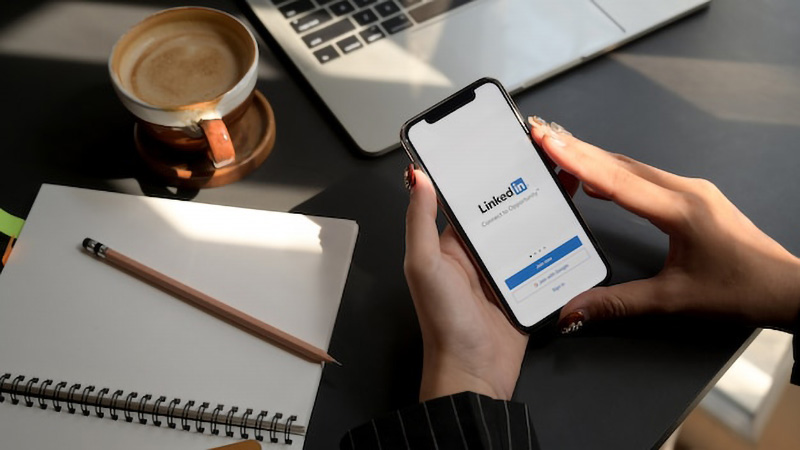LinkedIn messages are generally considered secure for communicating with other LinkedIn members. Here are some key factors that contribute to the security of LinkedIn messaging:
Encryption
LinkedIn uses encryption protocols like TLS (Transport Layer Security) to protect data in transit between your device and LinkedIn’s servers. This prevents third-parties from accessing your messages as they travel across the internet.
Access controls
LinkedIn allows you to control who can see your profile and send you messages. You can adjust settings to only allow 1st-degree connections to message you or restrict messages to your inbox from people you don’t know. This prevents unwanted solicitation from strangers.
LinkedIn platform security
As a major social network, LinkedIn employs security measures like malware detection, penetration testing, and access monitoring to protect their systems and user data. LinkedIn messages rely on the overall security of LinkedIn’s infrastructure.
Message history
LinkedIn message history is retained on LinkedIn’s servers rather than individual devices. This means messages are available across devices and reduces tampering risks. It also enables tracking of inappropriate behavior.
Professional environment
The professional context of LinkedIn tends to discourage malicious messaging behavior. Members typically use real identities and avoid harassment issues common on personal social platforms.
Risks and limitations
While LinkedIn messaging has strong security, there are some risks to consider:
- Messages may be intercepted if your account is compromised by an attacker.
- Devices used to access LinkedIn could be infected with malware that reads messages.
- LinkedIn employees can technically access message data, although policies prohibit this.
- Messages can still be used for phishing and scams that trick users into sharing info.
- Connections may screenshot or forward your private messages without consent.
- Legal authorities can request message access with a valid subpoena.
Best practices for security
You can take steps to enhance the security of your LinkedIn messages:
- Use a strong, unique password on your LinkedIn account and enable two-factor authentication.
- Be cautious about sharing confidential information or links via LinkedIn messaging.
- Review your connections periodically and remove any suspicious or inactive ones.
- Don’t click links or attachments in unsolicited LinkedIn messages.
- Use antivirus/antimalware software and keep devices updated.
- Turn on LinkedIn notifications to monitor messaging activity.
- Report spam or inappropriate messages using LinkedIn’s reporting tools.
LinkedIn InMail
InMail is LinkedIn’s premium messaging system and considered more secure than standard messaging due to:
- Messages are only delivered between 1st-degree connections by default.
- Senders pay per message, reducing spam/abuse risks.
- Advanced filtering and monitoring capabilities for account administrators.
However, InMail faces the same technical limitations and risks as regular LinkedIn messaging. Proper account security is still important.
Messaging alternatives
For more sensitive communication, alternatives like phone, email or external messaging apps may be more appropriate than LinkedIn. Key factors to weigh include:
- The level of confidentiality required.
- Whether all parties involved have LinkedIn accounts.
- How much control you need over records of communication.
- If you want to prevent saved copies on LinkedIn’s servers.
However, these alternatives also pose their own potential risks to consider.
The bottom line
LinkedIn messages have reasonable security for most professional communication needs. But no messaging system is perfect. Keeping accounts safe and using proper discretion around sensitive information is important for any online platform. With good practices, LinkedIn provides a secure way to build connections and have productive conversations.



